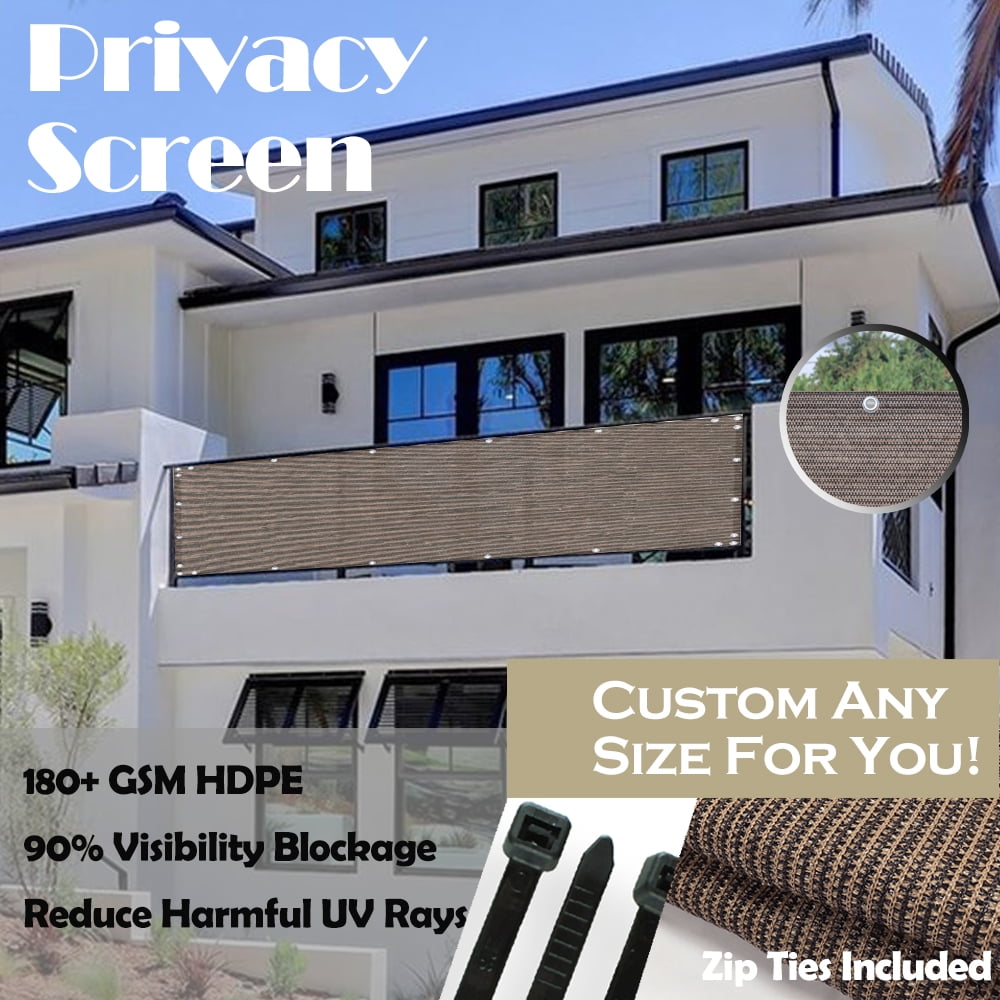

On the pi 4 that it made me almost stop using that core altogether. Before redream was added as an optional emulator I was using flycast and the screen tearing/jitter issue was so prevalent You can enable it in the retroarch core options config and then when in game check the retroarch menu and you'll see the setting has been enabled. I can confirm that vrr_runloop_enable does turn on/off the setting in question.
#NESTOPIA SCREEN TEARING TV#
I have a Vizio TV and it was not introduced as a feature on Vizio TVs until a year after I got my tv. My tv 100% does not have free/g sync capabilities. Sorry for the subsidiary topic, but I think it may be helpful for understanding which options may (or actually can) help against tearing or stuttering and if so, in which circumstances.


Sorry for the subsidiary topic, but I think it may be helpful for understanding which options may (or actually can) help against tearing or stuttering and if so, in which said in Jittery/Stuttering said in Jittery/Stuttering graphics:

Does anyone know what a "VRR Runloop" actually is? That said, the corresponding config line vrr_runloop_enable doesn't sound anything like the option in the RGUI/XMB or its description. So the question is, does anyone who experiences an improvement by this option has a screen with such a functionality he/she don't know about, or does this option actually do more than its describtions says, or is it just an confirmation bias / placebo effect? The option isn't actually only GSync, but at least GSync and FreeSync (and maybe other similar techniques? Are there any more?)Īccording to this comment from a contributor to an RA issue, "Sync exact framerate only works with g-sync/freesync displays." The Emulation General Wiki also sounds like, while MAME and RA do "make use of this functionality", they only do so on compatible monitors. I think I found the solution for this "riddle".
#NESTOPIA SCREEN TEARING PC#
Of course it would be better to just use TV-out and hook up the PC to a CRT TV to get the closest to authentic visuals, but both TV-out and CRT are pretty much dead tech as of a few years ago.EDIT: and to be clear, my monitor is also not GSync compatible, Looks very good even on my desktop's 21 inch (or 22 inch? I forgot) widescreen LCD monitor. I found it to be the optimal solution, close enough to what you would see on an actual TV if you had an actual SNES hooked up, while still being upscaled and not pixelated as fuck on an LCD monitor with resolution far superior to that which the SNES did output. It also IMO more or less matches the NTSC filter without the "fuzzyness" or "noise" of a TV screen that makes text unreadable and causing eye-strain (at least for me). bsnes-hd has more hacks that give true HD in mode 7 SNES games and widescreen in other games.īiggest advantage of using 25% scanlines and interpolation over HQ, super eagle or other filters when upscaling is that text and other shapes are accurate without looking too low res. The difference is that official bsnes only has slight visual improvements but with mostly perfect compatibility. Some of the features of this fork are or will be included in official bsnes. Some non-HD related features – Like the ability to disable background layers, sprites and window effects for screenshots for wallpapers or soft crop to zoom in, leaving maps or static art off the sides of the screen. Works for most Mode 7 scenes, but also for some other scenes/games, after some setting tweaking. Widescreen – Extending the scenes to the left and right, without distorting them. It is a higher resolution version of the process the SNES uses. This does not involve new custom imagery or upscaling algorithms. HD Mode 7 – Rendering the rotated, scaled or pseudo perspective backgrounds at higher resolutions. Bsnes-hd is a newer fork of bsnes, released in 2019 by DerKoun, that adds HD video features, such as:


 0 kommentar(er)
0 kommentar(er)
